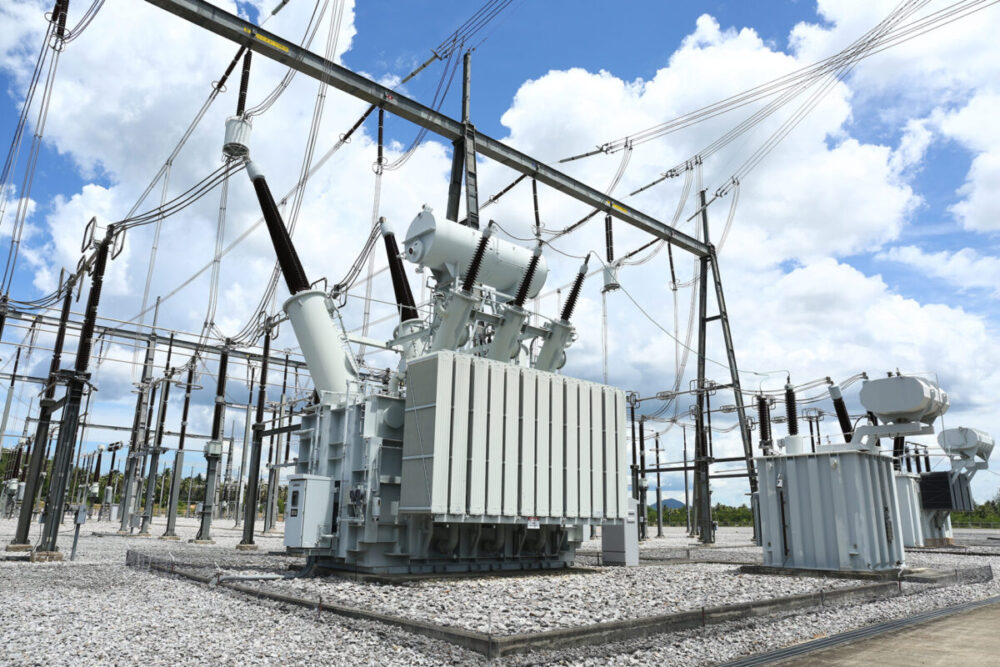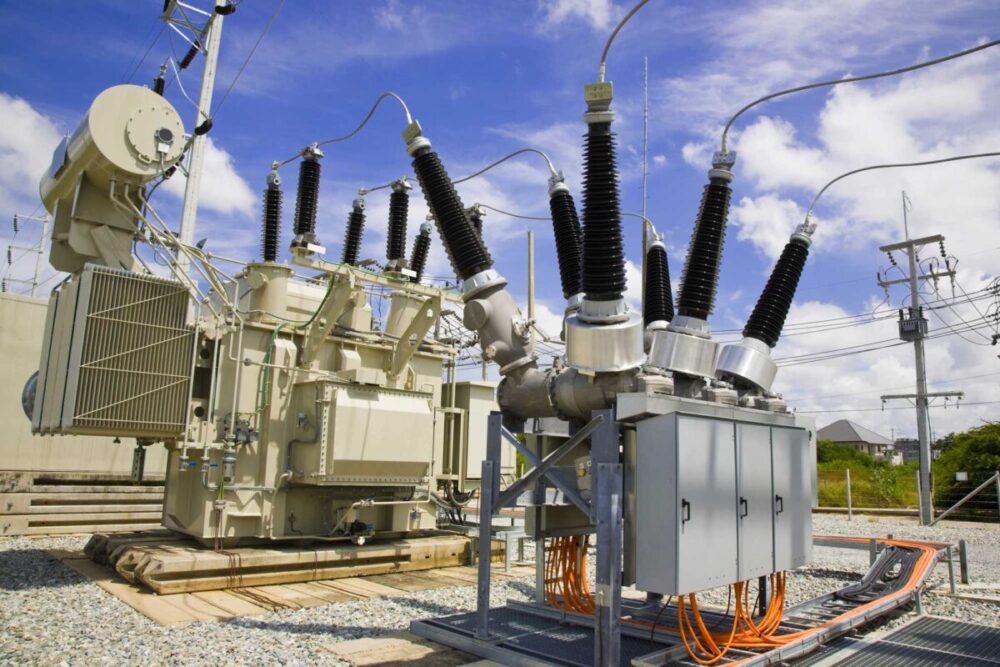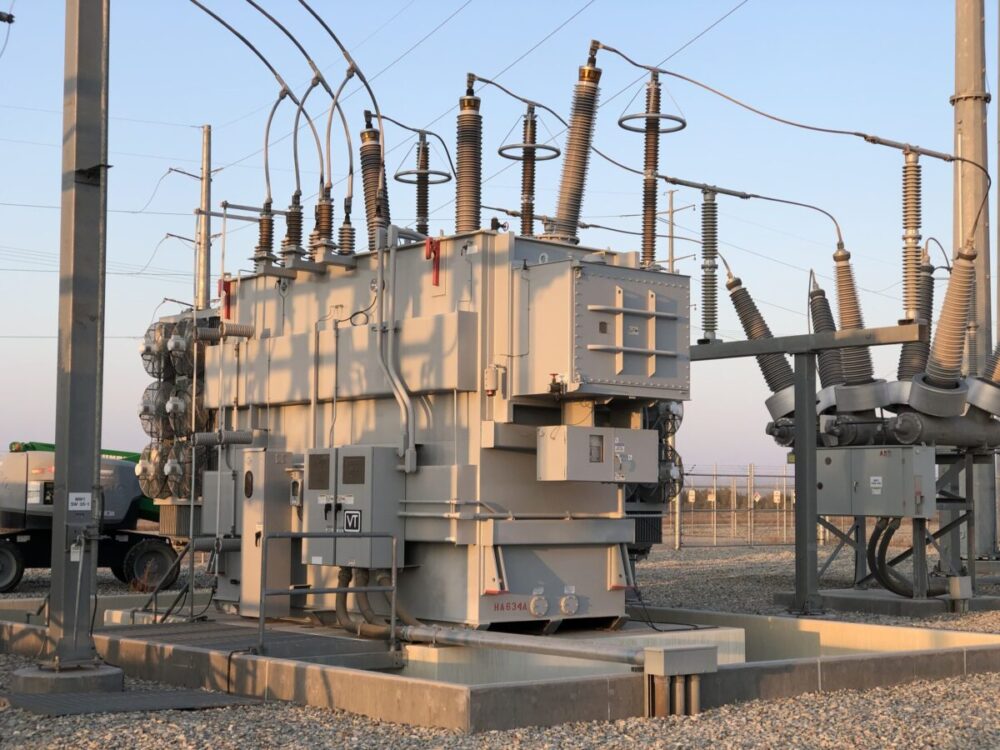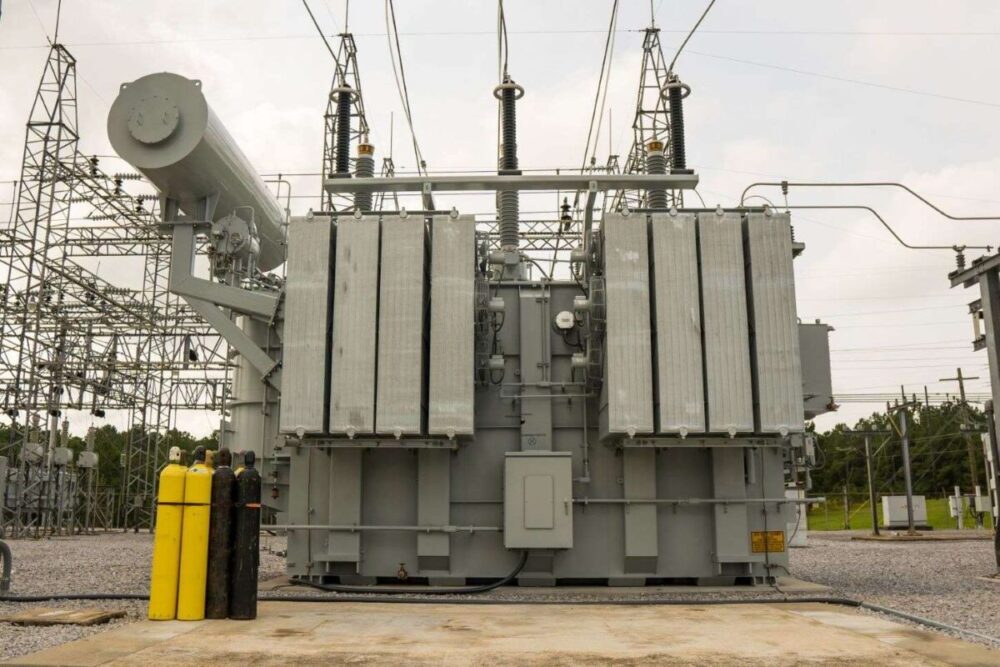In the ever-evolving landscape of modern power distribution, transformers play a silent yet indispensable role. This exploration unveils the hidden dynamics and innovations that empower our grids. Discover how transformers drive progress, ensuring the seamless flow of energy in our technologically advancing world.
At the heart of our contemporary electrical infrastructure lies an essential yet often overlooked component: electrical transformers. These devices, humming quietly in substations and on power poles, are the unsung heroes ensuring that electricity reaches our homes and businesses safely and efficiently. Their role in converting and distributing power across vast distances is a testament to the genius of electrical engineering. Companies like Schneider Electric understand their significance, constantly innovating to enhance their performance and reliability.

The route of electricity from producing stations to end customers is complicated. Large plants generate power at extremely high voltages, making it unsuitable for direct use. Transformers are crucial in this situation. They ensure that energy may be delivered over great distances without considerable loss and then securely used in our homes and enterprises by stepping up or stepping down the voltage.
The design of the transformer, specifically the choice of core material and winding topologies, determines its efficiency and functioning. Oil transformers, for example, are designed to cool and insulate internal components, protecting them from overheating and external pollutants. Power transformers, on the other hand, are commonly found at substations and oversee heavy lifting, controlling large loads, and maintaining reliable transmission across the grid.
The ever-changing technical scene necessitates a continuous improvement in these electrical marvels. As renewable energy sources such as solar and wind farms become more common, the demand for adaptive and efficient transformers grows. These renewable sources, while sustainable, frequently generate inconsistent power. The contemporary transformer must accept these oscillations while maintaining grid stability.

Schneider Electric, a global pioneer in energy management and automation, is leading the way. Recognizing the shifting energy landscape, they have invested in research and development to design transformers that are not only energy-efficient but also resilient to modern grid issues. Their designs emphasize lower environmental effects, with certain versions aiming to reduce greenhouse gas emissions and energy losses during transmission.
But why should the average individual care about any of this? Simply put, our contemporary world would ground to a halt if transformers did not permit the delicate dance of stepping up and down voltages. Consider the electrical equipment we take for granted every day: lights, refrigerators, laptops, and so on. Transformers ensure steady and safe power delivery, which contributes to their smooth operation.
Transformers have an important part in bigger economic and societal systems, in addition to our daily conveniences. A reliable and efficient electricity grid powers companies, fosters technological innovation, and promotes economic progress. The creation of dependable electrical infrastructure, driven by high-quality transformers, can be a catalyst for socio economic upliftment in underdeveloped countries, ushering in education, healthcare, and business opportunities.

The sophistication of electrical transformers extends beyond their primary function. Modern transformers are outfitted with sophisticated monitoring and diagnostics. Sensors and cognitive algorithms are used in these systems to predict maintenance needs, detect anomalies, and even treat issues before they escalate. This proactive strategy extends equipment life and avoids unscheduled downtime, resulting in a more consistent energy supply for end customers.
Another advancement in the realm of transformers is their greater compatibility with digital systems. Transformers may now be connected to smart grids thanks to the rise of the Internet of Things (IoT). These linked systems enable real-time data collecting and processing. Utilities can learn about energy consumption patterns, manage distribution, and even help with load shedding during peak times. This digital connectivity also improves grid resilience by allowing for faster responses to outages or disturbances.

The environmental effects of transformer advancements cannot be overlooked. Older transformer models used fluids that might be harmful to the environment if they leaked. Bio-degradable lubricants and environmentally friendly coolants have become popular in modern designs. Companies are also focused on developing transformers with recyclable components, ensuring that at the end of their life cycle, they do not contribute to the growing e-waste problem but are instead repurposed, by circular economy principles.
To summarize, transformers are more than just electrical gadgets in their silent diligence. They symbolize the intersection of technical advancement, environmental responsibility, and global cooperation. As the energy landscape evolves, the importance of transformers in navigating these changes becomes clearer. Their evolution is consistent with a larger narrative of progress, in which mankind leverages technology not merely for ease, but also a more sustainable and interconnected future.





